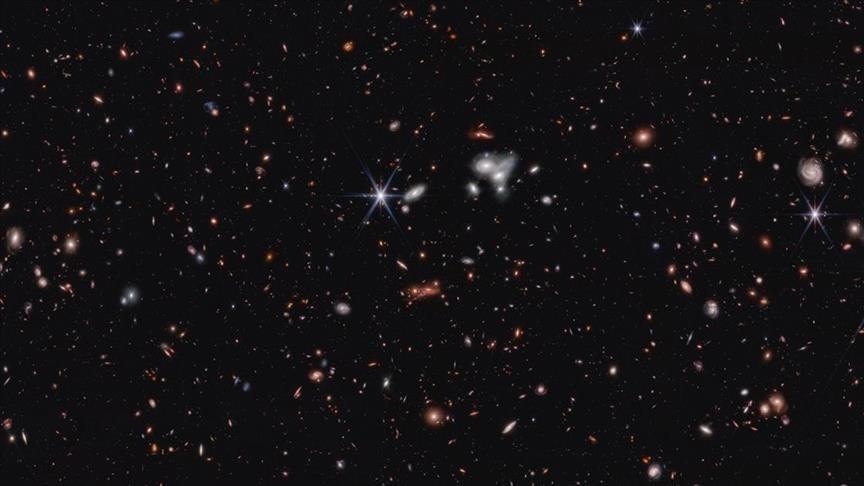Astronomers spot rogue planet growing at record pace
Scientists detected water vapor in planet’s surrounding disc for first time during the growth burst — a process previously seen only in stars

ISTANBUL
Astronomers have discovered a rogue planet devouring gas and dust at an unprecedented rate — about six billion tonnes every second — in what researchers are calling the strongest growth spurt ever recorded for a planetary object.
The discovery, published Thursday in The Astrophysical Journal Letters, sheds new light on how free-floating planets, which do not orbit stars, form and evolve.
The planet, officially named Cha 1107-7626, has a mass estimated at five to 10 times that of Jupiter and lies about 620 light-years away in the constellation Chamaeleon.
Observations made with the European Southern Observatory’s Very Large Telescope (VLT) in Chile revealed that the young planet’s accretion rate surged by a factor of eight in just a few months.
“People may think of planets as quiet and stable worlds, but with this discovery we see that planetary-mass objects freely floating in space can be exciting places,” lead author Victor Almendros-Abad of Italy’s National Institute for Astrophysics said in a statement.
Rogue planets are notoriously hard to detect, but scientists say this discovery blurs the line between stars and planets, since similar bursts of matter falling onto stars have been documented before. Researchers also noted the planet’s magnetic activity likely drove the mass infall, a process previously observed only in stars.
The team, which also used data from NASA’s James Webb Space Telescope and earlier VLT observations, detected changes in the chemistry of the disc surrounding the planet. Water vapor appeared during the growth burst but was absent beforehand, the first time such a phenomenon has been observed in a planet.
“The idea that a planetary object can behave like a star is awe-inspiring and invites us to wonder what worlds beyond our own could be like during their nascent stages,” said co-author Amelia Bayo, an astronomer at the European Southern Observatory.
Astronomers say the findings could help determine whether rogue planets form like stars or whether they are giant planets ejected from their birth systems.
Anadolu Agency website contains only a portion of the news stories offered to subscribers in the AA News Broadcasting System (HAS), and in summarized form. Please contact us for subscription options.


